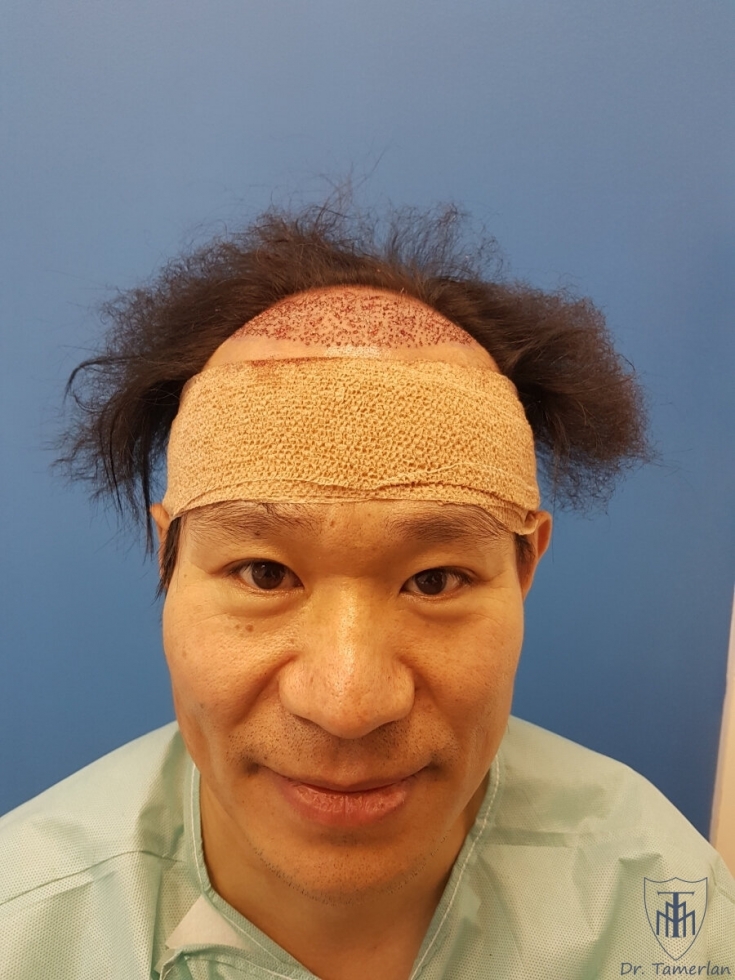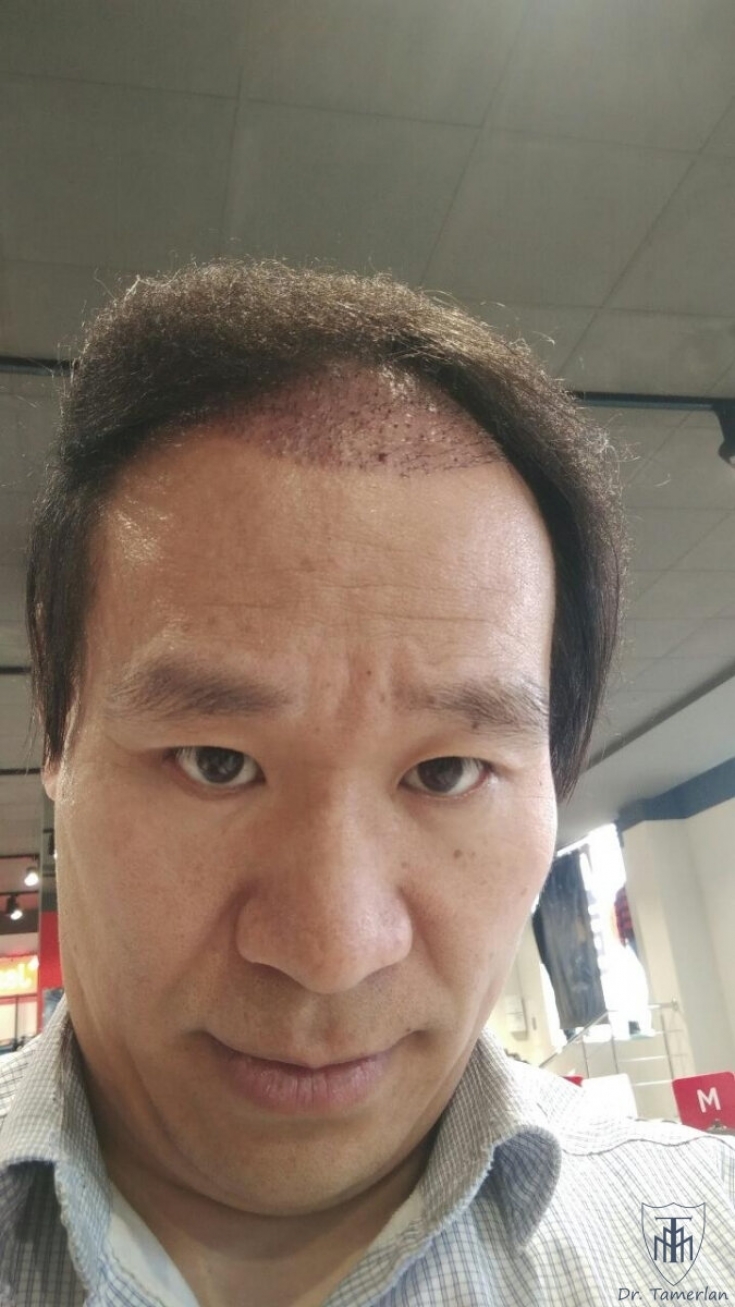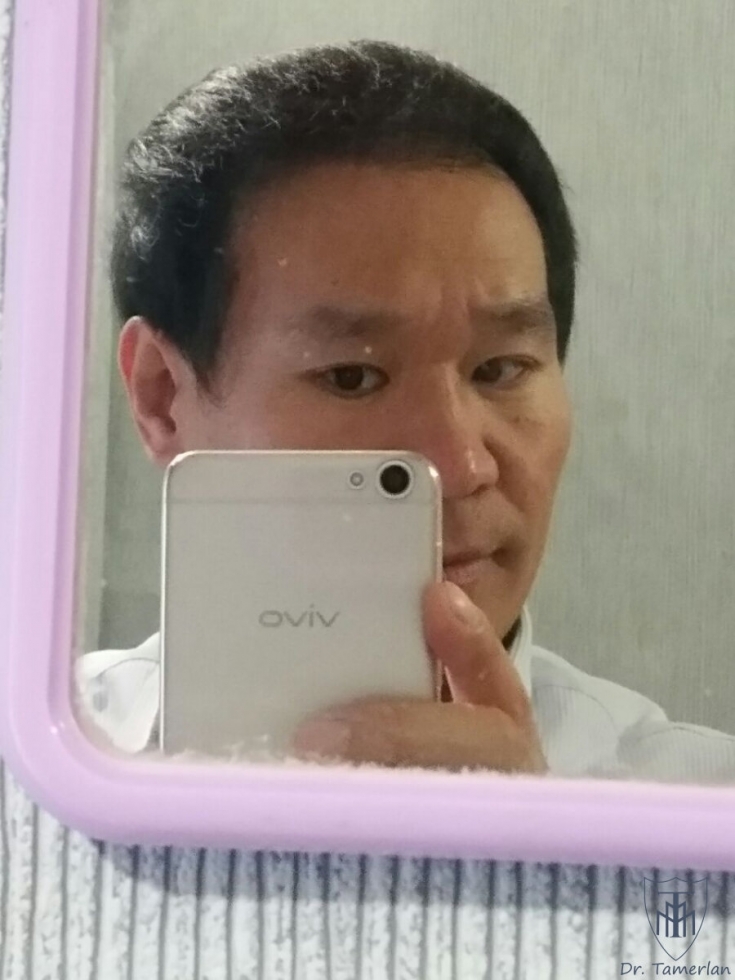Hair loss affects every second person on the planet. Someone suffers to a lesser extent, and someone to a greater extent. This problem is not only of an aesthetic nature, but is also often associated with loss of self-esteem and even depression. As a result, hair transplantation is a highly demanded procedure. Moreover, in recent years, methods of hair transplantation have been developed that allow you to get the most natural result. Tamerlan Kadiev, a plastic surgeon at the Nove Tilo clinic, told estet-portal.com about different techniques for performing hair transplantation, as well as about the rules for hair care after surgery.
Who is more likely to come for a hair transplant: men or women?
In 98% of our patients are men, since they are the ones who most often suffer from baldness. Of course, sometimes women also need hair transplantation. But if in men, androgenetic alopecia is manifested by local hair loss, then in women, baldness is diffuse in nature, which makes transplantation difficult.
The vast majority of women apply in connection with hair transplantation in the area of the eyebrows.
We also perform beard hair transplantation, but for our country this procedure is quite exotic. All the patients we performed hair transplantation in the beard area were foreigners.

How is a hair transplant performed?
At the Nove Tilo Clinic we perform hair transplantation using two methods. The first technique is called FUE (Follicular Unit Extraction), the second — Strip, or patchwork method. The vast majority of patients prefer the first method because it is seamless and requires little or no downtime. However, with 5-7 degrees of alopecia, when extensive hair transplantation is necessary, preference should be given to the patchwork method. This technique allows you to get significantly more grafts in one procedure. If a person does not have enough hair to transplant on the head, we can use hair from the chest or arms.
How is hair harvested in different transplantation techniques?
Hair sampling with patchwork method is carried out from the occipital region. We select the required area, take the skin with hair, and then apply a cosmetic suture. The scar after that remains minimal, and is hardly noticeable even with a short haircut. The advantage of this method — this is a large number of grafts received, as well as time savings, since the transplantation procedure with the suture method lasts an average of four hours longer than with the flap method. The FUE technique also involves the collection of follicular units from the occipital region, however, it is carried out not with a single flap, but with several grafts. Second stage transplantation is the planting of hair, which is the same in both the patchwork and the sutureless method. If the collection of the bulb is carried out correctly - then



With progressive alopecia, the best choice is a gradual hair transplantation, because with 6-7 degrees of baldness, there is practically no place to transplant them.







Add a comment